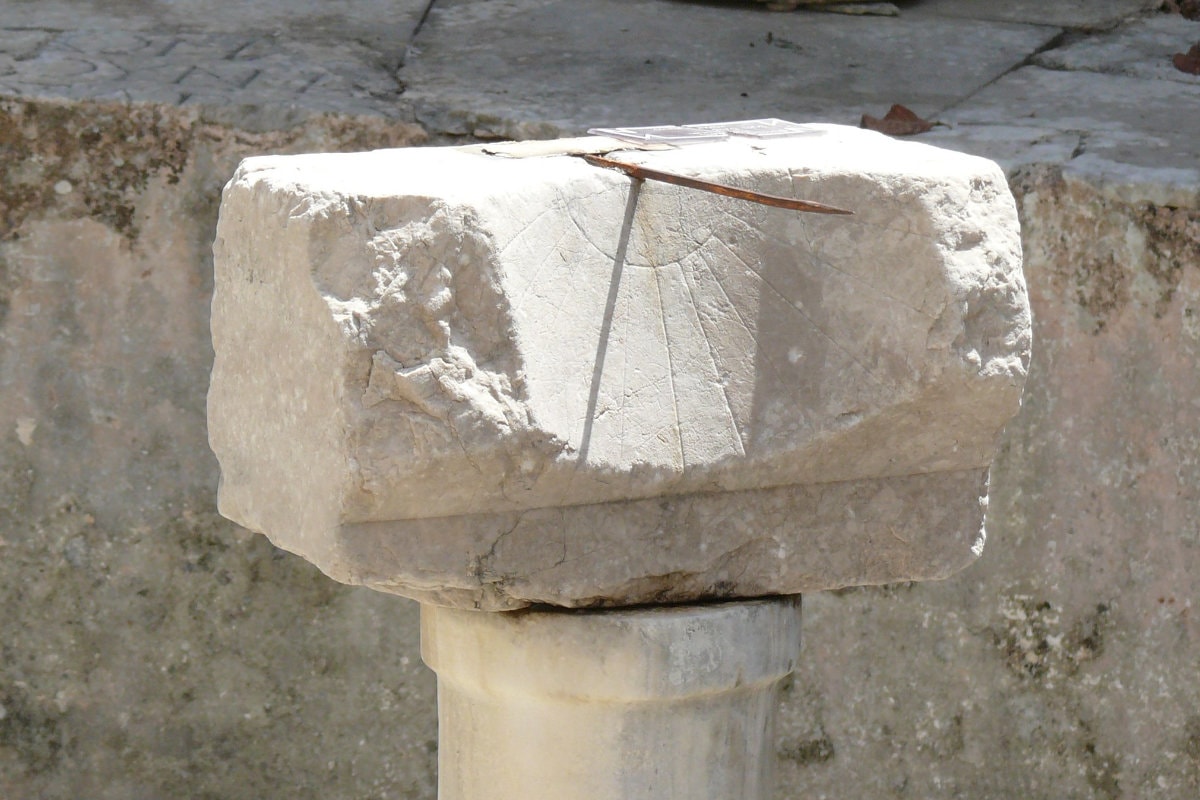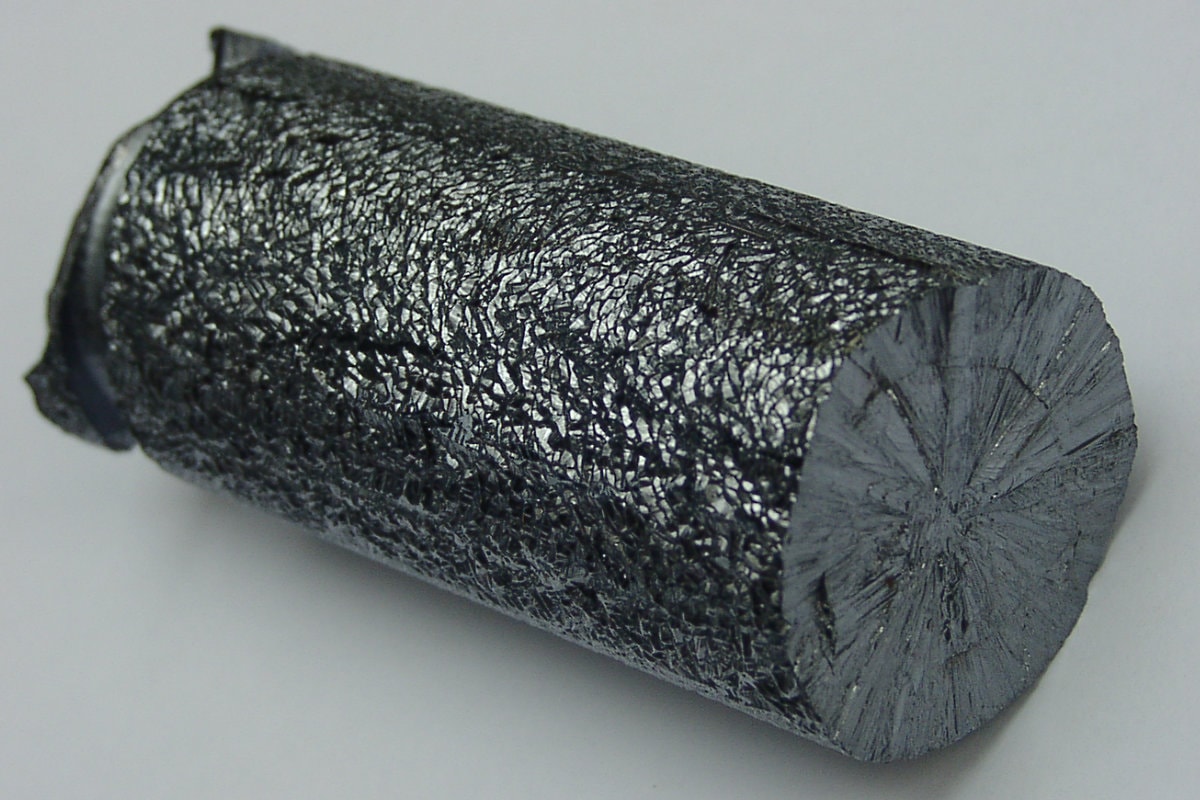Today, we equate solar energy with electricity, but that wasn’t always the case.
Throughout history and across the world, people have always placed huge importance on the sun. The Incans had Inti, whose children he sent to the earth to create civilization. The Egyptians had the all-powerful Ra, who controlled the sky, earth, and underworld. Japanese emperors are said to be direct descendants of Ameratsu, the daughter of the sun and the universe.
But throughout history, the sun wasn’t always just a figure in cosmology or origin stories. For the last six thousand years, from Neolithic China to Victorian Europe and beyond, humans have captured and utilized sunlight to make their lives easier, cozier, and generally just better. Long before we invented photovoltaic solar panels (the kind that generate electricity), humans were using the sun’s heat to warm homes, tell time, and grow food.
Let’s look at a brief history of solar energy, both before electricity was even on the table as well as the incredible breakthroughs that led to the creation of our modern photovoltaic solar panels.
4000 BC: China invents passive solar heating
These days, with air conditioning, modern insulation, and electric or gas heating, we’ve placed less and less focus on using the sun’s heat to warm our homes, but we’d do well to take a page out of China’s history.
Neolithic Chinese homebuilders actually originated much of the passive solar heating techniques we still use today. First, they placed home entrances facing south, so the interior of the homes could be warmed during the winter by the low-angled sun. To keep the house cooler in the summer, they also elongated roof eaves so they overhang above the opening and block the hot summer sunlight from entering the home.
According to solar history expert (and Analyst at UC Santa Barbara) John Perlin, by 2000 BC Chinese city-planners had begun designing cities with streets running solely east to west so every home could have a south-facing section in full sunlight.
Perlin notes that the Chinese continued using these passive solar techniques for millennia. Studying traditional Chinese buildings in the 1980s, researchers at the National Renewable Energy Lab concluded that, while south-facing designs certainly wouldn’t allow residents to relax in a t-shirt and shorts during the chilly Chinese winters, it would likely increase the inside temperature by 15°F.
500 BC to 100 AD: Greece adopts passive solar heating
A few thousand years after China began using passive solar techniques, the ancient Greeks came upon the same solutions. They built south-facing homes and even created east-west roads so that all homes could benefit from solar heating.
Socrates himself shouted the benefits of passive solar heating to all who would listen, explaining to his students the principles behind the same solar heating techniques the Neolithic Chinese used:
“Now in houses with a southern orientation, the sun’s rays penetrate into the porticoes, but in summer the path of the sun is right over our heads and above the roof, so we have shade.”
Passive solar heating seemed like an idea worth spreading, so guess where it ended up next?
100 BC to 500 AD: Rome follows Greece, creates solar access laws

Ancient Romans protected sunlight access for heat, light, and sundial operation. Image source: Wikimedia
Like so much of Greek culture, Romans adopted the Greek’s ingenious solar heating systems as well. By 550 AD, homeowners used sunlight for heating and light, but also sundials. Sunlight was so important to the Romans, that the right to solar access was actually solidified in the Justinian Code. Under law, solar easements prevented neighbors from blocking sunlight. A judge decided how much sunlight a homeowner could reasonably expect to enjoy, and how much sunlight a neighbor could reasonably block.
Solar access is still an issue across the world. A handful of states allow homeowners to create solar easements, wherein neighbors aren’t allowed to block sunlight from hitting solar panels. Solar-heavy California has gone even further, creating laws that allow solar homeowners to force neighbors to cut down trees, as long as they were planted after the solar system was installed.
1500s to 1800s: English want oranges so greenhouses abound
After the fall of the Roman Empire, like so much knowledge and research, Europe forgot all about solar heating. That is, until the Renaissance, when scholars ‘re-discovered’ ancient Greek and Roman scientific texts and trade once again flourished.
In the latter half of this rebirth – during the 1500s and 1600s – wealthy families in dreary England wanted to enjoy oranges from Spain, so they created rudimentary greenhouses on the south-facing side of their homes. However, these greenhouses – which they called orangeries for obvious reasons – were plagued by poor building materials and construction techniques, and required quite a bit of work to use.
In the early 1800s, builders had developed more efficient greenhouse design and construction techniques. French botanist Charles Lucien Bonaparte (yes, Napoleon’s nephew) created what’s considered to be the first practical greenhouse, which used to grow tropical plants for medicinal research.
1767: Swiss physicist creates first thermal solar collector

Horace-Bénédict de Saussure, the inventor of the first solar oven. Image Source: Wikimedia
By the 1700s, scientists and researchers were beginning to see solar energy as more than just a cheap, easy way to heat homes. In 1767, Swiss geologist and physicist, Horace-Bénédict de Saussure wrote that:
“it is a known fact, and a fact that has probably been known for a long time, that a room, a carriage, or any other place is hotter when the rays of the sun pass through glass.”
Seeing that no one had ever researched this phenomenon, he decided to give it a go by inventing the first solar oven – an insulated, three-sided box with a glass surface on top. To test how the phenomenon worked, he hauled his box up Mt. Cramont in the Swiss Alps, and found that the temperature inside the box was similar no matter what altitude he was at, meaning ambient temperature little affected the oven’s inside temperature.
1839: Discovery of the photovoltaic effect
Up until this point, all research and use of solar energy focused exclusively on the sun’s heat. However, all that changed in 1839 when French scientist Alexandre-Edmond Becquerel discovered the photovoltaic effect. When he was just 19 years old, he found that he could generate electricity by exposing certain materials, typically platinum coated in silver compounds, to sunlight.
While our modern day solar cells were still 100 years away, Becquerel did find a use for his newly-discovered photovoltaic effect. He invented the ‘actinograph’, a device to record the temperature of heated materials by measuring the intensity of the light they emitted.
1954: Modern solar cells invented

A cylinder of polycrystalline silicon, the heart of modern solar panels. Image Source: Wikimedia
After Becquerel discovered the photovoltaic effect, scientists in both Europe and the United States continued to expand on his discovery, discovering the photoconductivity of selenium and eventually producing the world’s first solar cell in 1883 – a 1% efficient cell made from the same material.
However, as the years went by, selenium fell out of fashion, as the scientific community began looking for more efficient materials. In 1954, scientists at US-based telephone company Bell Labs found that silicon, like selenium, actually created electricity when sunlight shone on it, but much more efficiently. After months of experimenting, they created a silicon solar cell that was 6x more efficient than the selenium cell from 60 years before.
And the rest is history. We’ve come quite a ways since Bell Lab’s original discovery. Our modern silicon solar cells are 4x more efficient than Bell Lab’s original cell. Today, solar technology – driven mostly by these same silicon solar cells – adds up to 500 GW of capacity worldwide, the equivalent of about 16.6 million solar panels. Socrates would be proud.
Cover Photo Source: Flickr





